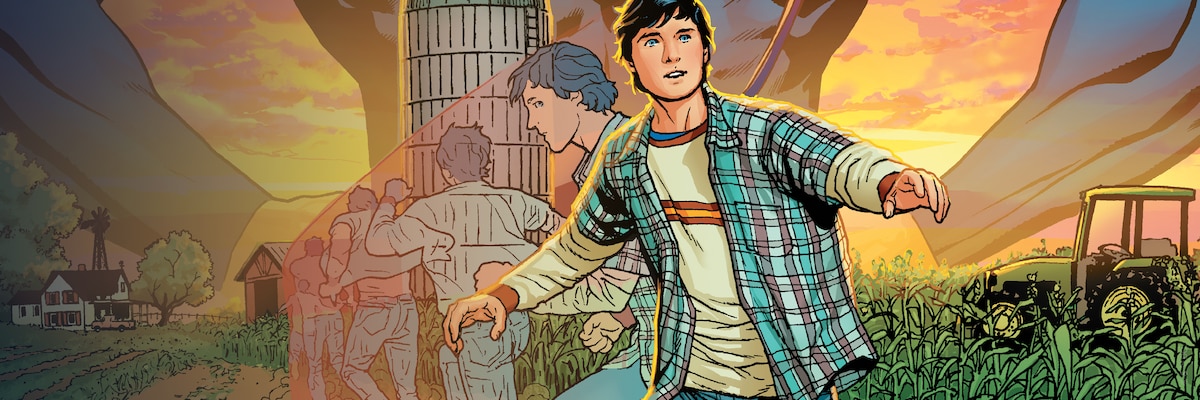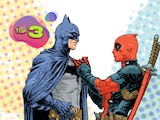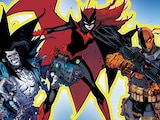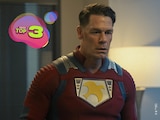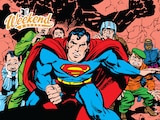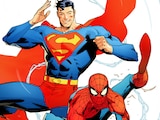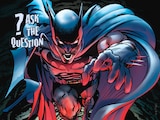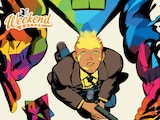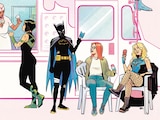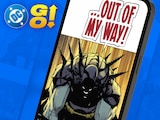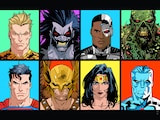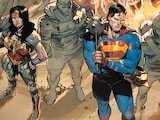This week, Mark Waid and Skylar Patridge’s Action Comics #1087 brings us back to the story of Superboy. No, we’re not talking about young Jon Kent, or even the clone kid Conner Kent, much as we love him. We’re going all the way back to the original—the stories of the true, blue Superman when he was first venturing into heroism, as Superboy.
But wait a moment. When did Superman start his career as a superhero? Did he always have that adolescent Superboyhood? What exactly do we know about Superman’s early history? Like so much with Superman, that answer has changed a lot over time, but here’s how we got to where we are today.
THE BOY BEGINS
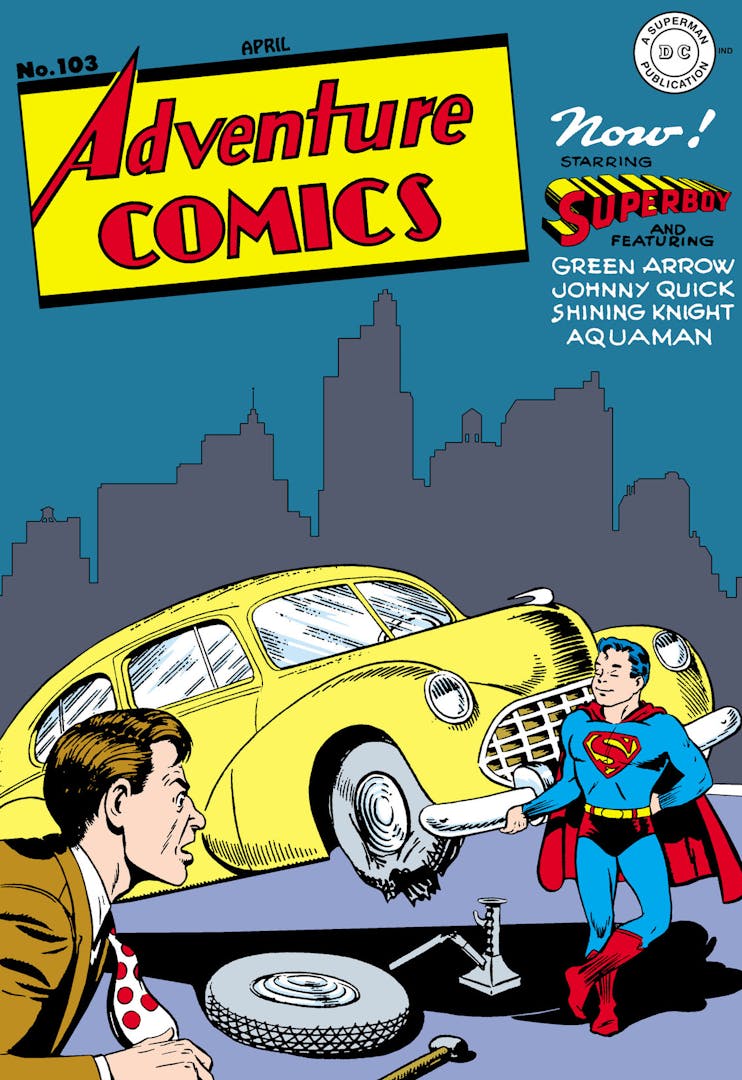
Superman’s first origin in 1938’s Action Comics #1 is quite succinct about his past: he discovered his powers and became Superman “when maturity was reached.” But only months after Superman’s explosive debut, creators Jerry Siegel and Joe Shuster were already planning to expand Superman’s mythology to explore the character in his earlier years as those abilities first manifested. With Robin leading the way in Detective Comics to a popularity for younger heroes, a Superboy feature was finally approved for some of DC’s other anthology titles in 1944—adapting a script that Siegel, then serving in World War II, had already written for the proposed feature in More Fun Comics #101.
After running for seven issues, Superboy migrated to Adventure Comics with issue #103, providing a much longer residence on through the 1960s. It was in these early Adventure Comics stories that we’d first come to know the town of Smallville, Clark’s childhood friends Lana Lang and Pete Ross, as well as Jonathan and Martha Kent by their first names and as defined characters. By 1949, Superboy had proven popular enough to warrant his own solo comic. The original run of Superboy would have a staying power of over 200 issues. Early installments would even feature “Superbaby,” stories of an even younger Clark Kent raised by two beleaguered small town parents far out of their depth. But the hallmarks of how we remember the original Superboy today were still to come.
THE LEGION OF SUPER-HEROES (and Superboy)
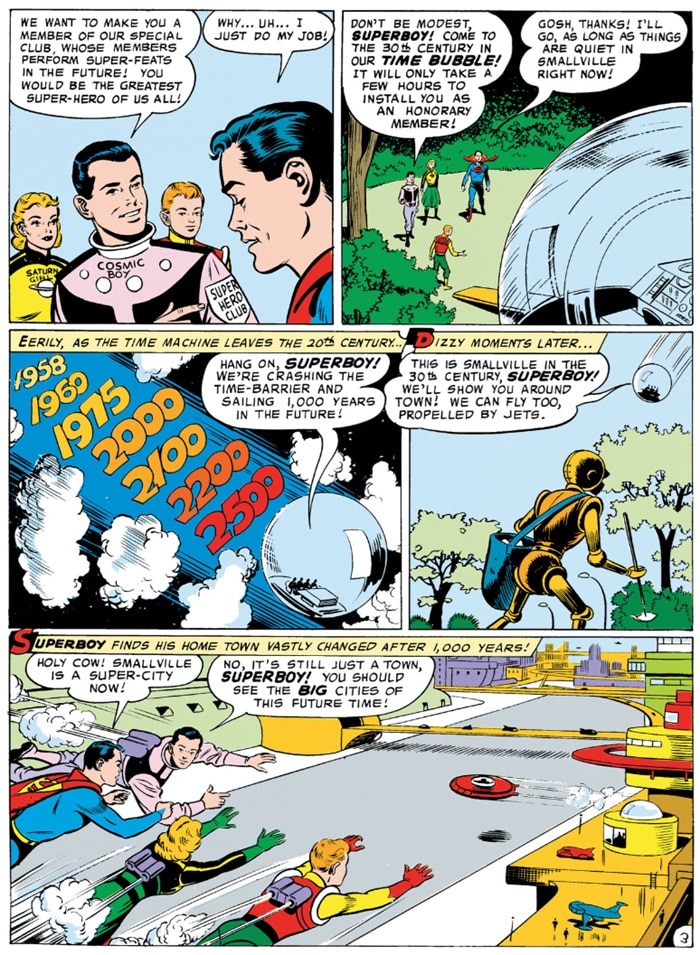
The boyhood Luthor rivalry. Krypto the Superdog. Bizarro. All of these are products of the Silver Age stories of Superboy and continue to define how we think of the Superman mythology today. But at the time, one concept in Superboy’s Adventure Comics stories eclipsed all the others.
In 1958, Adventure Comics #247 introduced a trio of heroes from the distant 30th century who had traveled back in time to see their idol in action: the young Superboy, whose heroism would inspire a group of interplanetary teenagers a thousand years in the future to form the Legion of Super-Heroes. Most interestingly in these early Legion stories, these heroes of the future would often prove themselves more capable in a crisis than Superboy himself. With increasing frequency, the Legion would feature in the young Superboy’s exploits as his first friends in heroism.
Consider this: the Justice League of America originally debuted in 1960, two years after the Legion’s debut. Which means that even in publishing time, Superman has been an honorary member of the Legion of Super-Heroes longer than he’s known the Justice League.
The Legion had become such a popular feature in Superboy’s exploits that it wasn’t long before we started seeing them more often in their native time, even without Superboy’s involvement. By 1963, stories in Adventure Comics either featured Superboy with the Legion, or simply didn’t feature Superboy at all. By 1976, even the solo Superboy title would be renamed Superboy and the Legion of Super-Heroes. So, what was the difference between a Superboy story and a Superman story? Superboy rolled with his own posse.
THE CRISIS CONUNDRUM
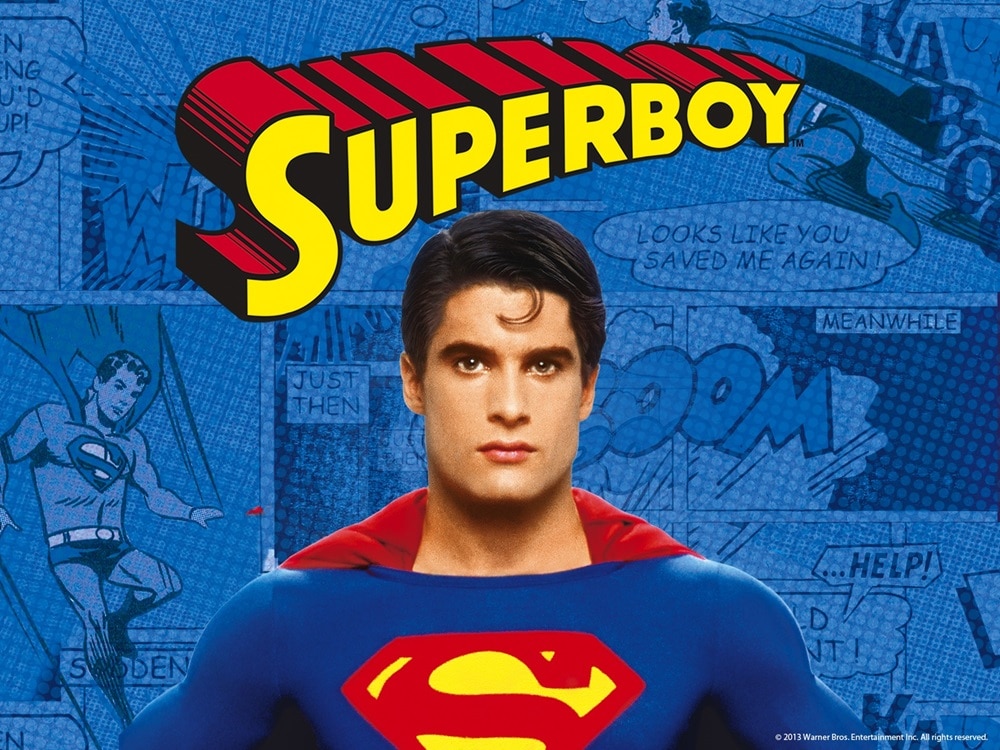
Here’s the part found in like half the articles I write for DC.com where I go, “And then, Crisis on Infinite Earths happened.”
When Crisis cleared the decks for most of DC continuity as a way of refreshing the universe for a new audience, John Byrne was brought on to rebuild the story of Superman—a vision which did much to bring life back into the character, but eschewed his history as Superboy. This was especially problematic for, well, the Legion of Super-Heroes, who sort of relied on Superboy as their anchor to the DC Universe. The dissolution of that history has been an issue that forty years of Legion appearances have since had to contend with.
The erasure of Superboy had another unintended effect as well: at the same time that Superboy’s history was being excised from the canon, the producers of the original Superman movies had developed a Superboy series for television. Starring John Haymes Newton as Superboy in the first season, and Gerard Christopher for the following three, Superboy ran for 100 episodes featuring his adventures as a college student. (Due to some complicated distribution deals, you may not have seen it unless you were watching TV at the time.) To promote the series, a Superboy comic ran sequentially to the show—which meant that there was a Superboy comic on the shelves despite the fact that, canonically, there was no Superboy.
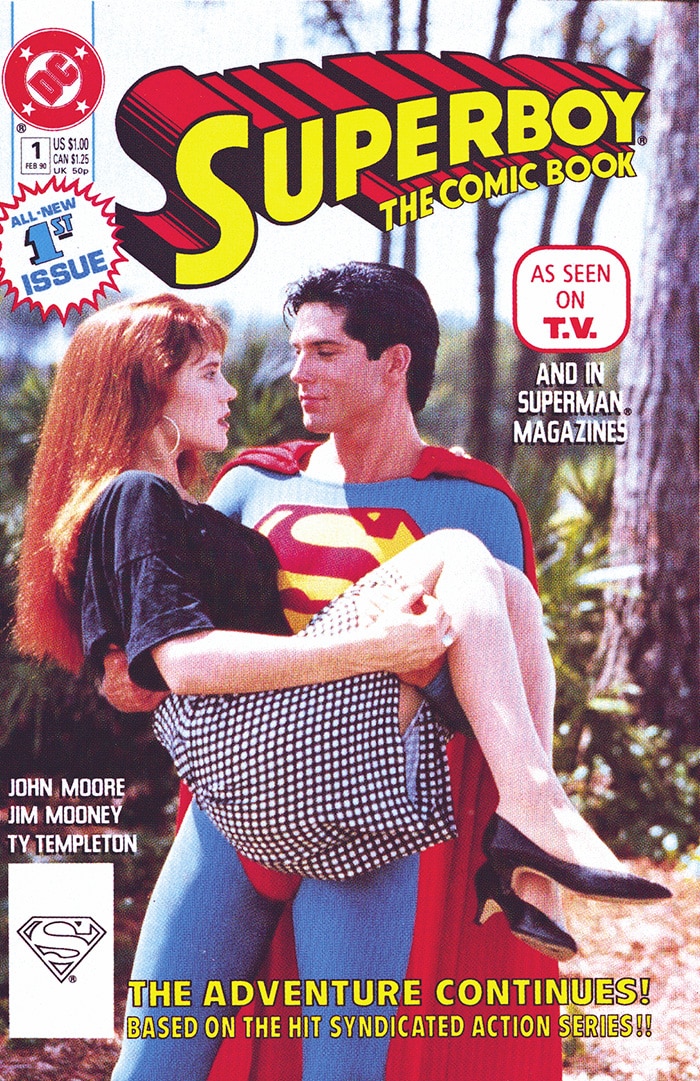
In the years since, it’s become apparent that nature abhors the vacuum of a Superboy. Other Superboys, and other configurations of the Legion, have rushed in to fill his absence. Another television show ran on the premise of exploring Superman’s adolescence, even if the name “Superboy” was never spoken. (This one, you may have heard of: Smallville.)
As for the Legion, Mark Waid would try using Supergirl to fill Superman’s vacancy in 2006. With the New 52, Grant Morrison made a compromising attempt to introduce the Legion to a younger Superman in Action Comics. And more recently, Brian Michael Bendis enlisted Superman’s son, the most recent Superboy, as our Legion liaison. And yet to many, despite all valiant attempts otherwise, the Legion has never quite hit the same way as when it was young Clark’s gang.
THE BOY IS BACK

Three years ago, legendary Legion writer Mark Waid came back to DC after a decade away and he brought with him a wave of nostalgia exploring the earlier chapters in the lives of our greatest heroes in comics like World’s Finest, Batman and Robin: Year One and the upcoming New History of the DC Universe. If you were paying attention during last year’s Absolute Power event, which Waid co-wrote, you may have caught a soft relaunch during a flashback sequence featuring a young Clark Kent fighting a villain in his Superboy costume. A subsequent twelve-issue Action Comics run by Waid featured further Superboy flashbacks still, re-establishing his early connections to the Legion of Super-Heroes’ Mon-El. In this year’s Summer of Superman Special, it became apparent to all what had been teased for a short while now: something has changed again in the timeline, and Clark’s history as Superboy is back.
What exactly that means is something we’re beginning to see this week in Action Comics, in an issue which appropriately features the new story of Superboy’s public debut. What’s next for the restored Superboy? I couldn’t tell you. But let me leave you with something to consider. Mark Waid is quite possibly the world’s biggest living fan of the Legion of Super-Heroes. Could a return of young Clark’s old crew be in the cards? Time will tell!
Action Comics #1087 by Mark Waid, Skylar Patridge and Ivan Plascencia is now available in print and as a digital comic book.
Alex Jaffe is the author of our monthly "Ask the Question" column and writes about TV, movies, comics and superhero history for DC.com. Follow him on Bluesky at @AlexJaffe and find him in the DC Official Discord server as HubCityQuestion.
NOTE: The views and opinions expressed in this feature are solely those of Alex Jaffe and do not necessarily reflect those of DC or Warner Bros. Discovery, nor should they be read as confirmation or denial of future DC plans.
